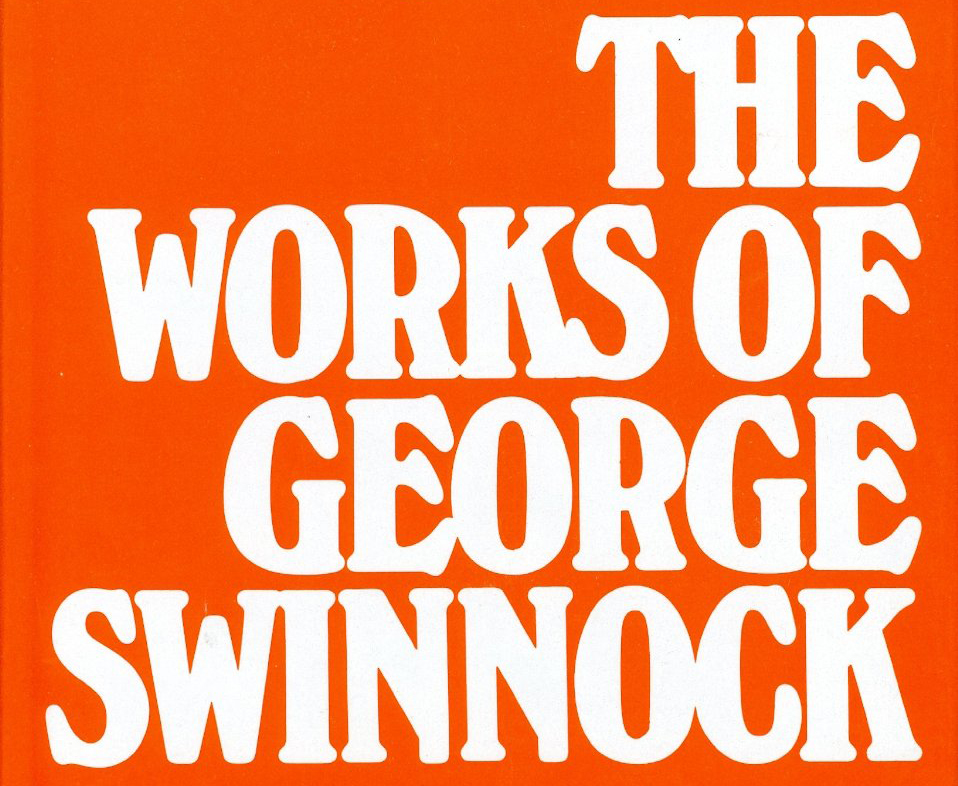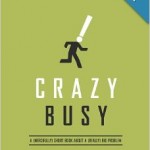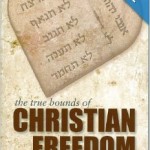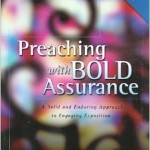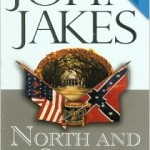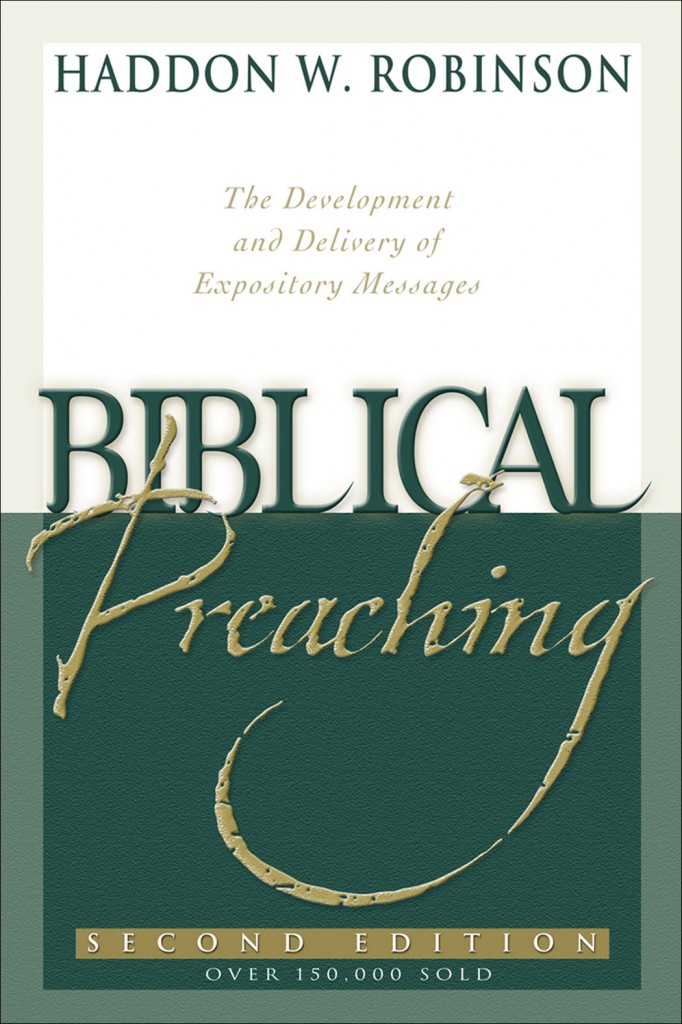 In Biblical Preaching Haddon Robinson seeks to provide a manual for developing and delivering expository sermons. He believes “the type of preaching that best carries the force of divine authority is expository preaching” (20).
In Biblical Preaching Haddon Robinson seeks to provide a manual for developing and delivering expository sermons. He believes “the type of preaching that best carries the force of divine authority is expository preaching” (20).
He understands that attempting to define expository preaching can be “sticky business,” but necessary business nevertheless, so he writes, “Expository preaching is the communication of a biblical concept, derived from and transmitted through a historical, grammatical, and literary study of a passage in its context, which the Holy Spirit first applies to the personality and experience of the preacher, then through the preacher, applies to the hearers” (21).
With his definition in place Robinson spends the majority of his work articulating ten stages in the development of expository messages: 1) Selecting the Passage, 2) Studying the Passage, 3) Discovering the Exegetical Idea, 4) Analyzing the Exegetical Idea, 5) Formulating the Homiletical Idea, 6) Determining the Sermon’s Purpose, 7) Deciding How to Accomplish This Purpose, 8) Outlining the Sermon, 9) Filling in the Sermon Outline, and 10) Preparing the Introduction and Conclusion. He concludes with two chapters urging preachers to clarity in their personal style of development and delivery.
TWO WEAKNESSES
Preachers looking for a theological and biblical defense of expository preaching will need to look to other sources than Biblical Preaching for such articulation. One pages nineteen through twenty-one Robinson offers “The Case for Preaching” and “The Need for Preaching,” but the section does not actually develop a well-thought out argument for expository preaching. Robinson’s thoughts can be summarized as, “Because God speaks through the Bible you must preach the Bible.” Surely there are worse convictions on which to rest your preaching! However, the author knows it would be wrong “to assume that everyone agrees” with his conviction that expository preaching is the “type of preaching that best carries the force of divine authority” (20) and still does not try to convince his readers why expository preaching is the best kind of preaching. In fairness to the author, Biblical Preaching is not intended to be a defense of expository preaching as much as it is supposed to be a manual for how to do expository preaching. Yet, the book’s value would be increased if it contained a thought out, biblical defense of expository preaching’s necessity.
A second area of weakness is that Robinson fails to emphasize why and how biblical preaching must and can center on Christ. He acknowledges, “At some time or other, you will have to respond to the question, ‘How does the centrality of Jesus Christ affect the way I handle the biblical texts?’” But instead of weaving the centrality of Christ through his work he defers the reader to other texts to answer the question. It would have been better for Robinson to show preachers the various and glorious ways that expository preaching should exalt Christ. Maybe this neglect comes from the his emphasis on a grammatical-historical hermeneutic, instead of a redemptive-historical hermeneutic.
Although it fails as a theological and Christological defense of expository preaching, the work more than succeeds as a resource for helping preachers develop and deliver expository sermons.
THREE STRENGTHS
The overriding value of this book can be captured in one word, clarity. Robinson’s prose is imminently clear and he correctly urges for preachers to cherish clarity in their preaching. He laments how many messages are too muddied for people in the pew, writing, “Sermons seldom fail because they have too many ideas; more often they fail because they deal with too many unrelated ideas” (35). Memorably he says, “Sermons should be a bullet, not buckshot” (35). To correct the aimlessness dominating much preaching today, Robinson introduces his concept of “The Big Idea”, or the sermon’s “single, all-encompassing concept” (36). Two questions are offered to help the preacher discover “The Big Idea”: first he should ask, “What am I talking about?” and second, “What exactly am I saying about what I’m talking about?” Robinson then proceeds to spend six chapters detailing the development of Big Idea preaching. These chapters will be acutely helpful for seminary students considering how to prepare sermons, and they also will refresh a seasoned preacher’s practice of preparation.
Chapter nine represents a second area of strength in Robinson’s work as he advocates the use of manuscripts to aid clarity. He states, “The discipline of preparing a manuscript improves preaching. Writing scrapes the fungus off our thought, arranges our ideas in order, and underlines the important ideas” (183). Robinson is not immune to the many protests that surely arise from such encouragement. “’But language is not my gift.’ That is the protest of one-talented servant in the process of burying his ministry. Gift or not, we must use words, and the only question is whether we will use them poorly or well” (185). Preachers labor in language and Robinson is spot-on to demand that preachers become practitioners of words, phrases, and sentence. One may not be Lewis, Muggeridge, or O’Conner, yet he can strive for the ideal of clarity with language. To aid preachers in this area he tells them to do three things: 1) pay attention to your own use of language, 2) study how others use language, and 3) read aloud. The final encouragement is increasingly lost on our visually dominated culture, but it will help develop clear patterns of speech and creative simplicity in style.
A final strength to be mentioned is how Robinson appropriately balances the auditory perspective on preaching with the visual perspective. In chapter ten, “How to Preach So People Will Listen,” he calls preachers to study nonverbal language as much as verbal language. Preaching is after all a visual event, therefore preachers are to use gesture, movement, and appearance as tools to aid clarity. Robinson is particularly helpful in calling preachers to honest self-examination of their pulpit mannerisms. Natural mannerisms that aid delivery should be fine-tuned and those that hurt exposition must be lanced, and one can only do this if he is diligent in ruthless self-examination. The book’s discussion on gestures is rewarding in every way as Robinson says, “God designed the human body to move. If your congregation wants to look at a statue, they can go to a museum” (207).
IT SHOULD BE ON YOUR STUDY’S SHELF
Biblical Preaching is a book eminently worthy of consideration. Preachers looking for a theological defense of expository preaching will have to turn to Peter Adam or John Stott. Yet, the lack of substantive theological meat does not mean that a feast cannot still be had. There is undoubtedly a place for extended rumination on the practice of preaching; it’s development and delivery. Robinson’s work is indeed a landmark contribution to this field. His emphasis on clarity in exposition is a timely and timeless concentration. It was the apostle himself who asked the Colossians to pray that he would make clear the mystery of the gospel, for that “is how I ought to speak” (Col. 4:4). Young preachers and old preachers alike need to be consistently confronted with the imperative of clarity in preaching, and this book will challenge and encourage unto that end.
Book Details
- Author: Haddon Robinson
- Title: Biblical Preaching: The Development and Delivery of Expository Messages
- Publisher: Baker
- Paperback: 256 pages
- Score: 7 out of 10
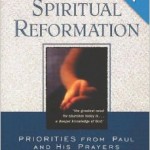 A Call to Spiritual Reformation: Priorities from Paul and His Prayers by D.A. Carson. Carson says, “The one thing we most urgently need in Western Christendom is a deeper knowledge of God. We need to know God better” (15). One of the foundational steps in knowing God is “spiritual, persistent, biblically minded prayer” (16). To help Christians know their God and pray to their God Carson walks through Paul’s prayers in his epistles. Each chapter provides rich commentary on an individual passage and wonderfully wise application to prayer. The great takeaway from this work is to saturate your prayers with clear, biblical concerns. Carson’s encouragement on pages 34-35 to those who pray publicly is worth the price of the book.
A Call to Spiritual Reformation: Priorities from Paul and His Prayers by D.A. Carson. Carson says, “The one thing we most urgently need in Western Christendom is a deeper knowledge of God. We need to know God better” (15). One of the foundational steps in knowing God is “spiritual, persistent, biblically minded prayer” (16). To help Christians know their God and pray to their God Carson walks through Paul’s prayers in his epistles. Each chapter provides rich commentary on an individual passage and wonderfully wise application to prayer. The great takeaway from this work is to saturate your prayers with clear, biblical concerns. Carson’s encouragement on pages 34-35 to those who pray publicly is worth the price of the book.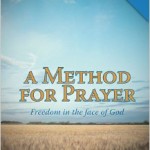 A Method for Prayer: Freedom in the Face of God by Matthew Henry. If Carson convinces you to offer prayers saturated with Scripture, then Henry will show you what Scripture saturated prayer can sound like. Henry’s “method” is adoration, confession, petition, thanksgiving, and intercession. The numerous examples provided on each kind of prayer are excellent tools to sharpen public and private prayer. The Christian Heritage edition of this book includes a discourse on “how to spend each day with God,” where Henry writes, “The life of communion with God, and constant attendance upon him, is a heaven upon earth.”
A Method for Prayer: Freedom in the Face of God by Matthew Henry. If Carson convinces you to offer prayers saturated with Scripture, then Henry will show you what Scripture saturated prayer can sound like. Henry’s “method” is adoration, confession, petition, thanksgiving, and intercession. The numerous examples provided on each kind of prayer are excellent tools to sharpen public and private prayer. The Christian Heritage edition of this book includes a discourse on “how to spend each day with God,” where Henry writes, “The life of communion with God, and constant attendance upon him, is a heaven upon earth.”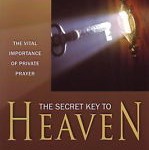 The Secret Key to Heaven: The Vital Importance of Private Prayer by Thomas Brooks. The Secret Key (originally published as The Privy Key) finds Brooks expounding on Matthew 6:6, “But when you pray, go into your room and shut the door and pray to your Father who is in secret. And your Father who sees in secret will reward you.” From this verse he gathers his main doctrine, “That closet prayer or private prayer is an indispensable duty.” Few books have had such an immediate impact on my life and ministry as this one. It might do the same for you.
The Secret Key to Heaven: The Vital Importance of Private Prayer by Thomas Brooks. The Secret Key (originally published as The Privy Key) finds Brooks expounding on Matthew 6:6, “But when you pray, go into your room and shut the door and pray to your Father who is in secret. And your Father who sees in secret will reward you.” From this verse he gathers his main doctrine, “That closet prayer or private prayer is an indispensable duty.” Few books have had such an immediate impact on my life and ministry as this one. It might do the same for you.
